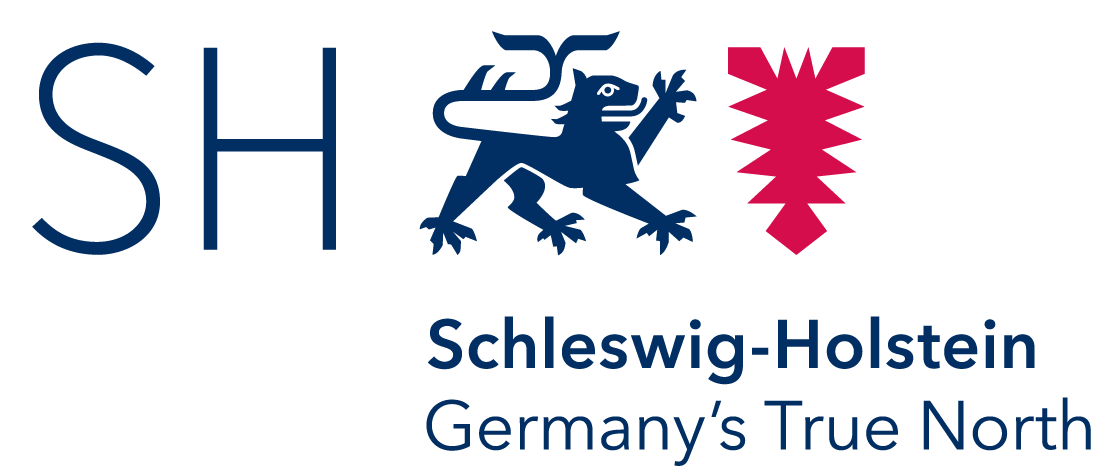Who wins and who loses from state subsidies?
Authors: Jun Du, Sourafel Girma, Holger Görg, Ignat Stepanok (Canadian Journal of Economics, 2023, 56(3): 1007-1031)
China is perceived to rely on subsidizing firms in targeted industries to improve their performance and stay competitive. We implement an approach that allows for the joint estimation of direct and indirect effects of subsidies on subsidized and non-subsidized firms. We find that firms that receive subsidies experience a boost for productivity. However, our approach highlights the importance of indirect effects, which are generally neglected in the literature. We find that, in general but not always, non-subsidized firms experience reductions in their productivity growth if they operate in a cluster where other firms are subsidized. These negative externalities depend on the share of firms that receive subsidies in the cluster. Aggregating direct and indirect effects into a (weighted) total effect shows that this negative indirect effect tends to dominate. We interpret our results in the light of a simple heterogenous firm model, which highlights that subsidization, in a competitive environment of firms, may potentially harm non-subsidized firms.
Keywords: Subsidies, Firm performance, Treatment effects, Externalities, China
JEL: H25, H32, L25
DOI: https://doi.org/10.1111/caje.12644



 KCG Projects
KCG Projects


